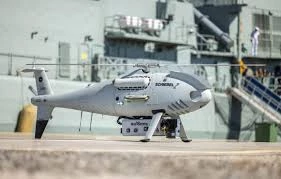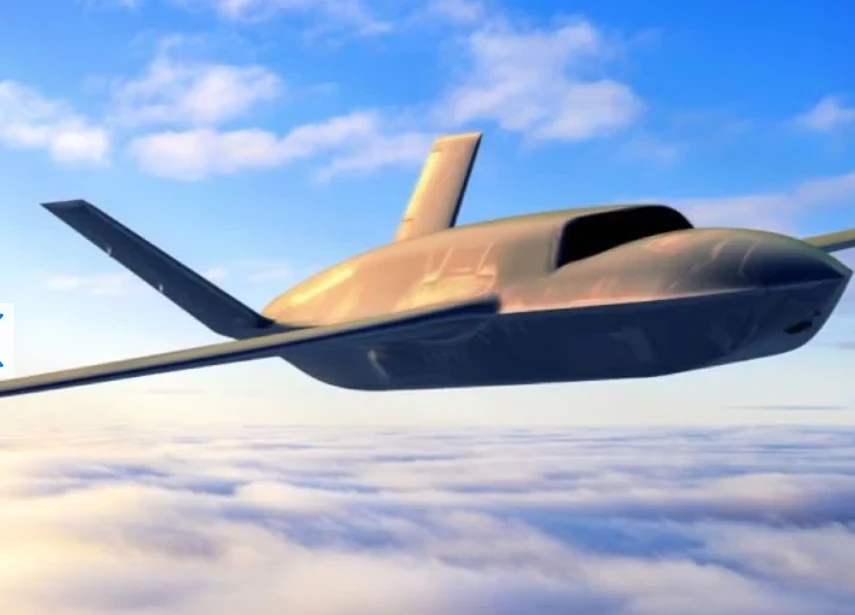UK invests in additive manufacturing R&D to bolster aerospace sector
Add bookmarkThe UK is investing in additive manufacturing research and development to maintain its place at the forefront of innovation in the global aerospace market.
Business Minister Anna Soubry officially opened the Aerospace Research Centre and National Centre for Net Shape and Additive Manufacturing in Coventry on 22 June. The research facilities are housed within the Manufacturing Technology Centre and form part of the government’s wider investment strategy for the aerospace sector, which is a £2.1 billion commitment overseen by the Aerospace Technology Institute (ATI).
"Government and industry are working together to keep Britain at the forefront of the global aerospace market," said the minister during the opening ceremony. "We are currently second only to the United States, but there is more to do and it is important that we continue to invest in R&D and develop ground-breaking technologies.
"Demand for new aircraft is at record levels - around 45,000 new aircraft and 40,000 helicopters are needed between now and 2032, worth over $5 trillion. This will provide billions of pounds of work to the UK economy given our leading capability in wings, engines, helicopters, advanced systems and services.
"Getting this right will deliver economic benefit through our large, mid-sized and small companies across the breadth of the country."
As part of the investment in the UK’s aerospace sector, four funded projects were announced at the ceremony in Coventry: £7.2 million for Airbus to research ways to remove imperfections on wing surfaces; £5 million to research how pioneering technologies, such as the Internet of Things, can be applied to aircraft factory production; £6.4 million to research advanced automated assembly technologies to improve the cost competitiveness of the UK supply chain; and £4.4 million for UTC Aerospace Systems to set up production lines to manufacture high volume, low cost advanced composite products.
Additive manufacturing, or 3D printing as it is more commonly known, has the potential to transform military supply chains and profoundly change the dynamics of the aerospace and defence industry. In an exclusive Defence IQ survey, over half (54%) of respondents strongly agreed that the use of additive manufacturing would be widespread in the A&D sector. In total, 83% gave a positive response to the statement about the universal uptake of 3D printing in the future, indicating we may be approaching a new manufacturing revolution.
Investment from government and industry will be critical for first movers in the market to lead innovation and push the boundaries of engineering.
Soubry is right when stating that this could help deliver economic benefit in the long-term. That’s true not just for aerospace and defence companies but the wider economy too. There is hardly a company in the sector that is not looking to diversify its products and services into other adjacent verticals. The impact of the economic collapse in 2008 has weighed heavy on defence – companies need to de-risk their product lines and look to other markets for growth. Additive manufacturing can be a route into new markets as it helps firms diversify what they can manufacture.






















